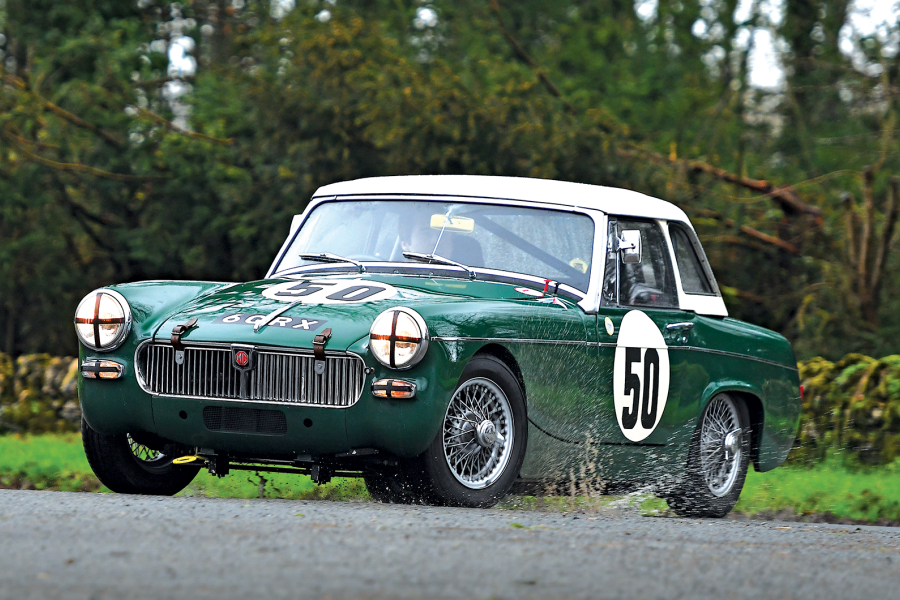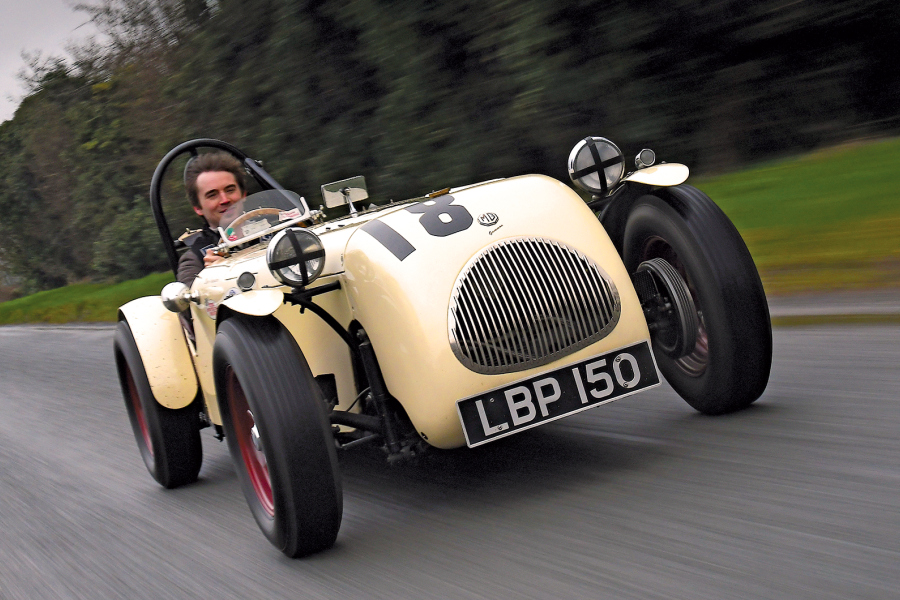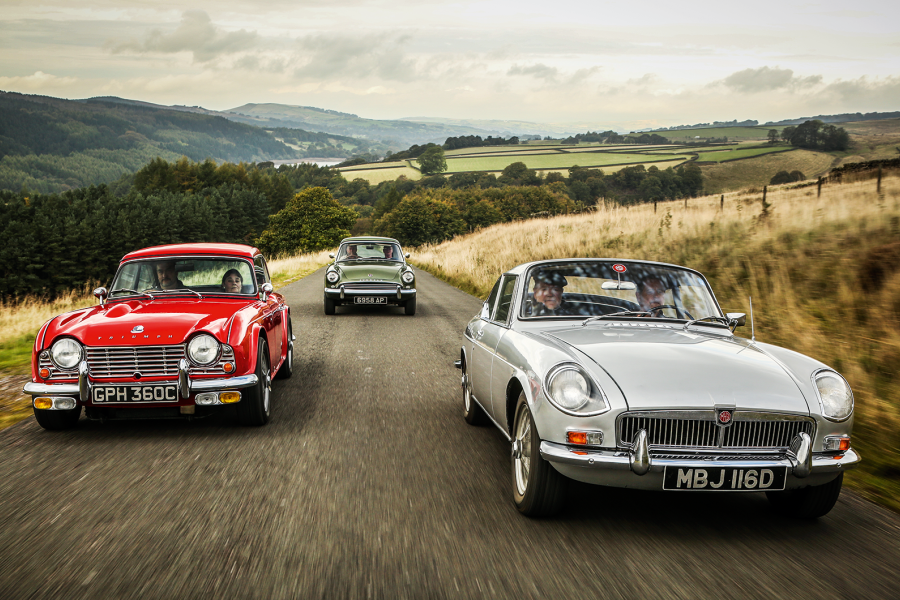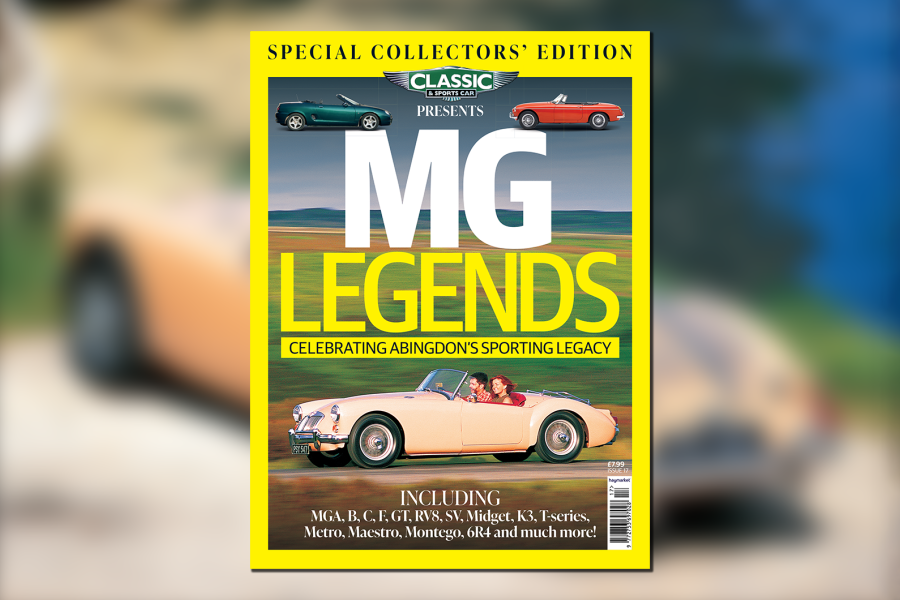
Following Don Hayter’s passing last week, we revisit our feature on his personal project car, first published in our June 2014 issue
There have been several attempts to keep the ‘Abingdon Octagon’ on British roads – the RV8, the MGF and TF, the Z family, and now the MG6 and MG3 – but it’s fair to say that none have captured the buying public’s enthusiasm in the way that the MGB did.
Of course, times have changed, and in a marketplace that is now littered with accomplished, gutsy two-seaters with impressive – and at times breathtaking – performance and handling, the ethos behind the B inhabits another world.
But could things have been different, had those in charge of the pursestrings loosened their grip just a little?
Could we have seen the MG brand continue with a bit more relevance and, more importantly, might we now see that octagon rubbing shoulders with BMW propellors and Porsche shields?

Unfortunately, we will never know and, perhaps surprisingly, the man who could have so easily been responsible for making that happen doesn’t really mind that it didn’t.













